Investing in health systems for universal health coverage in Africa
- PMID: 25345988
- PMCID: PMC4422225
- DOI: 10.1186/s12914-014-0028-5
Investing in health systems for universal health coverage in Africa
Abstract
Background: This study focused on the 47 Member States of the World Health Organization (WHO) African Region. The specific objectives were to prepare a synthesis on the situation of health systems' components, to analyse the correlation between the interventions related to the health Millennium Development Goals (MDGs) and some health systems' components and to provide overview of four major thrusts for progress towards universal health coverage (UHC).
Methods: The WHO health systems framework and the health-related MDGs were the frame of reference. The data for selected indicators were obtained from the WHO World Health Statistics 2014 and the Global Health Observatory.
Results: African Region's average densities of physicians, nursing and midwifery personnel, dentistry personnel, pharmaceutical personnel, and psychiatrists of 2.6, 12, 0.5, 0.9 and 0.05 per 10 000 population were about five-fold, two-fold, five-fold, five-fold and six-fold lower than global averages. Fifty-six percent of the reporting countries had fewer than 11 health posts per 100 000 population, 88% had fewer than 11 health centres per 100 000 population, 82% had fewer than one district hospital per 100 000 population, 74% had fewer than 0.2 provincial hospitals per 100 000 population, and 79% had fewer than 0.2 tertiary hospitals per 100 000 population. Some 83% of the countries had less than one MRI per one million people and 95% had fewer than one radiotherapy unit per million population. Forty-six percent of the countries had not adopted the recommendation of the International Taskforce on Innovative Financing to spend at least US$ 44 per person per year on health. Some of these gaps in health system components were found to be correlated to coverage gaps in interventions for maternal health (MDG 5), child health (MDG 4) and HIV/AIDS, TB and malaria (MDG 6).
Conclusions: Substantial gaps exist in health systems and access to MDG-related health interventions. It is imperative that countries adopt the 2014 Luanda Commitment on UHC in Africa as their long-term vision and back it with sound policies and plans with clearly engrained road maps for strengthening national health systems and addressing the social determinants of health.
Figures


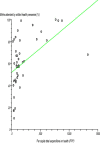

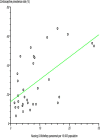
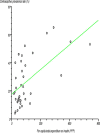


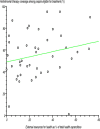

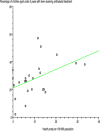


References
-
- Basic Documents. WHO, Geneva; 2009.
-
- United Nations Universal Declaration of Human Rights. United Nations, New York; 1948.
-
- Health in the Framework of Sustainable Development: Technical Report for the Post-2015 Development Agenda. UNSDSN, New York; 2014.
-
- Sustainable Health Financing, Universal Coverage and Social Health Insurance. World Health Assembly resolution WHA58.33. WHO, Geneva; 2005.
-
- Ooms G, Latif LA, Waris A, Brolan CE, Hammonds R, Friedman EA, Mulumba M, Forman L. Is universal health coverage the practical expression of the right to health care? BMC International Health and Human Rights. 2014;14:3. doi: 10.1186/1472-698X-14-3. http://www.biomedcentral.com/1472-698X/14/3 . - DOI - PMC - PubMed
MeSH terms
Grants and funding
LinkOut - more resources
Full Text Sources
Other Literature Sources
Medical

